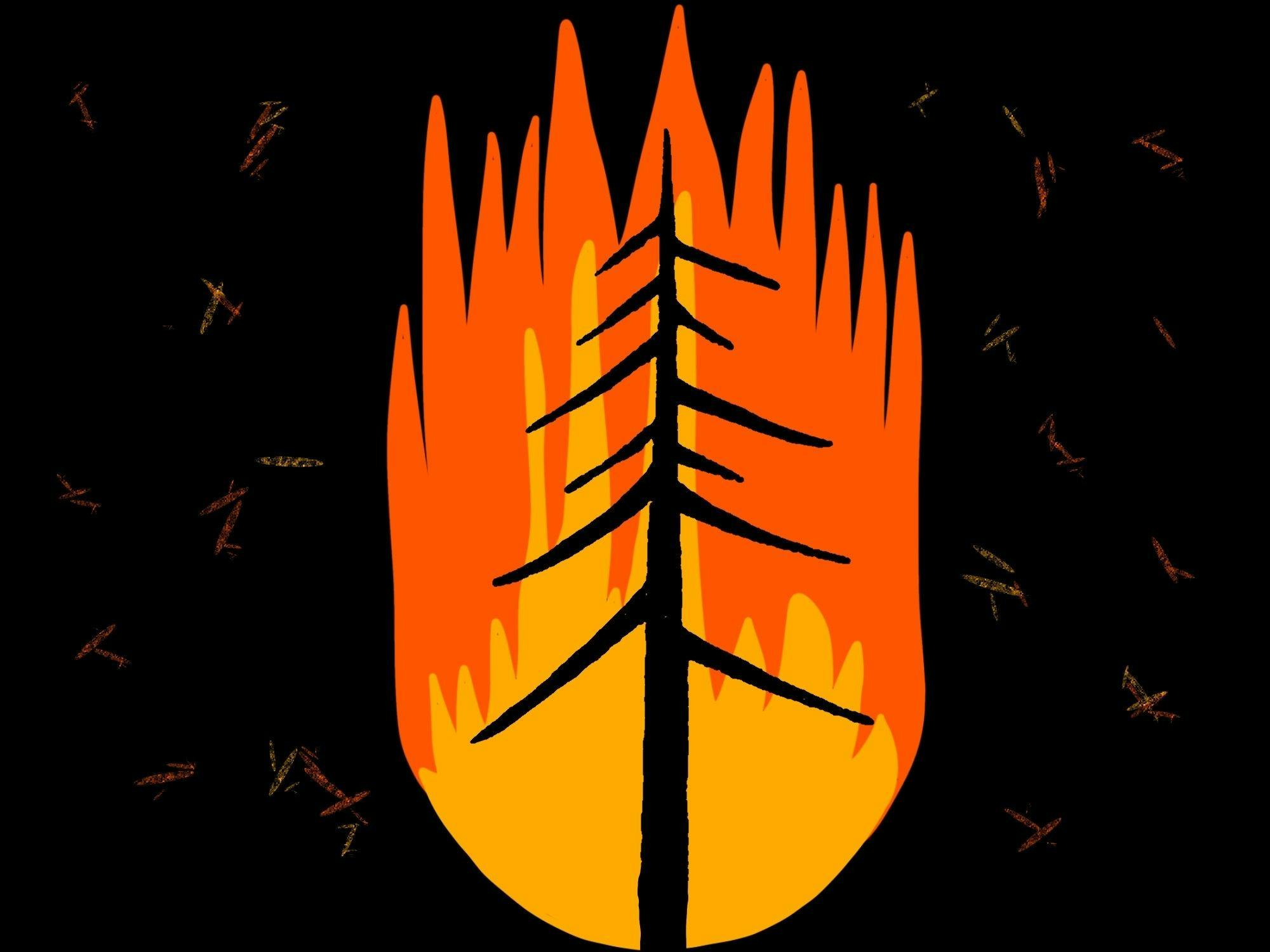Warnings of poor air quality, like the ones recently experienced in cities like Detroit and East Lansing as a result of Canadian wildfires that first started in March, could become more frequent in a world increasingly impacted by climate change, according to MSU professors.
Rebecca Jordan, who chairs the community sustainability department, said public planning and management officials should begin to learn more about the ecology of wildfires as adapting to climate change will be important in the future.
“Planetary warming is and certainly will continue to affect the weather conditions (longer, dryer, hotter summers in some places),” Jordan said. “In addition, atmospheric conditions can affect/mediate the types of contaminants in the air.”
Wildfires also contribute to climate change themselves, according to Masako Morishita, an associate professor in the department of family medicine.
Wildfires release a huge amount of carbon dioxide and other greenhouse gases, making them a major contributor to climate change. Even worse, wildfires reduce the forests’ capacity to remove carbon dioxide from the atmosphere, making them especially harmful for air quality and climate.
“I think the more extended environmental impacts of wildfires are seen in water quality and the ecosystem, besides the more obvious human health impacts that we must be concerned about,” Morishita said.
Once a wildfire is started, it can quickly spread to other areas outside the forest, increasing the health risk for humans and animals alike.
“Human structures can also burn, which means the release into the air and transport of possibly harmful contaminates," Jordan said. "Once a fire is out of control, however, it is important for individuals to keep up with local public health recommendations to help protect themselves.”
How far the smog caused by wildfires travels is dependent on the prevailing winds. Smoke can travel thousands of miles and affect millions of people along the way.
“Air quality is dependent on many factors,” she said. “The winds will carry the smoke, which will interact with local weather conditions. For the shorter term, visibility will be affected by the small but larger particles. With this, breathing comfort is also affected.”
Dramatic photos of cities like New York, with the sky turning an eerie orange, flooded social media earlier this month.
However, the poor air quality can linger even after visible haziness begins to clear.
“Further, as the visible smoke clears, very small particles can remain trapped in the air. These particles can get into the lungs and even the bloodstream," Jordan said.
This can be particularly problematic for vulnerable groups, such as those with compromised immune systems, infants, seniors, pregnant women and those with pre-existing conditions that affect breathing, Jordan said.
Accounting junior Sia Kaltsounis said that while the photos from New York were attention grabbing, many people weren't sure how to respond to warnings about air quality in Michigan, especially with impacts that were less visible.
"It’s crazy what happened in New York, but here we’ve been getting air quality warnings for weeks and never paid much attention to them," she said. "Everything is happening so fast."
Support student media!
Please consider donating to The State News and help fund the future of journalism.
Discussion
Share and discuss “'Everything is happening so fast': Students, professors discuss air quality impact of wildfires” on social media.


